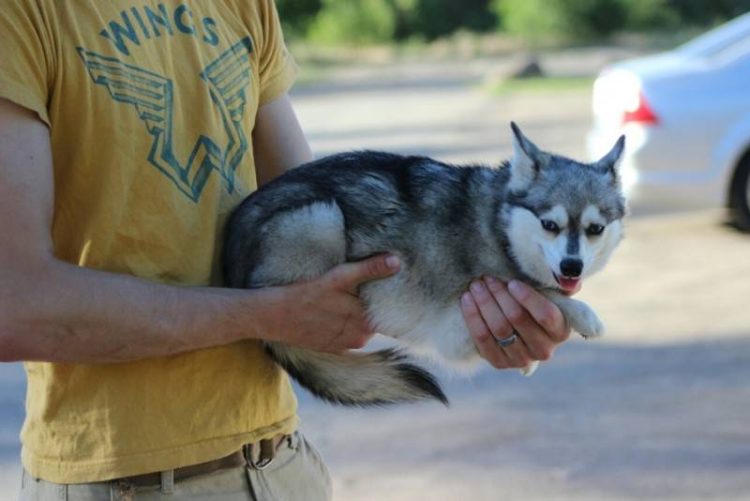
Klee Kai – The Husky Miniature You Probably Didn’t Know Existed
Klee Kai – literally “little dog” in an Alaskan indigenous dialect – is a fairly new dog breed designed as a smaller version of the

Klee Kai – literally “little dog” in an Alaskan indigenous dialect – is a fairly new dog breed designed as a smaller version of the

A Spanish woman got the shock of her life when she received a $570 fine from a town she visited six months ago, for failing
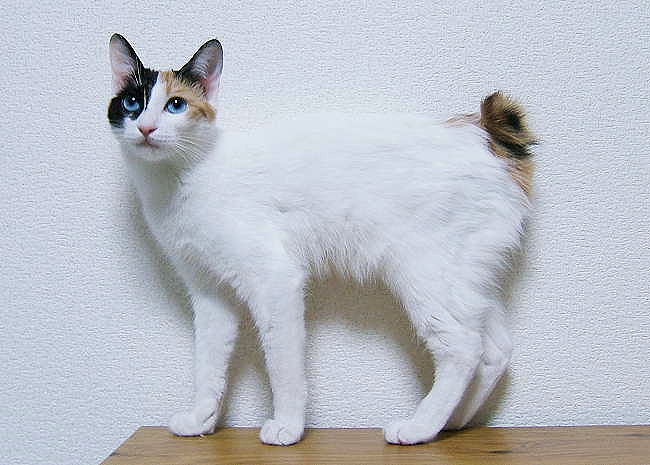
The Japanese Bobtail is a rare car breed whose distinctive feature is the presence of a short, bunny-like tail, instead of the long, flexible tail
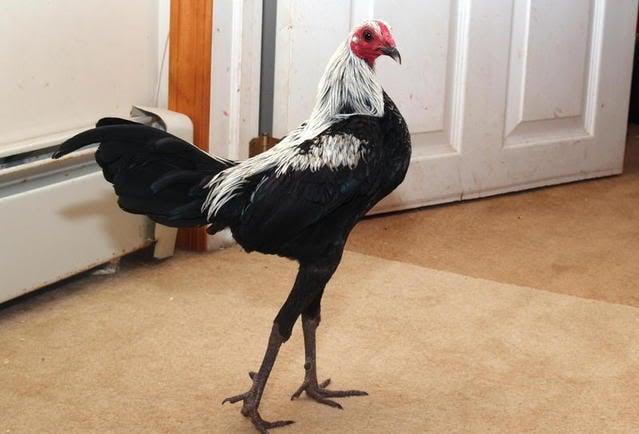
Because of their slender physique, incredibly long legs and upright pose, Modern Game Bantams are considered by many the fashion models of the poultry world,
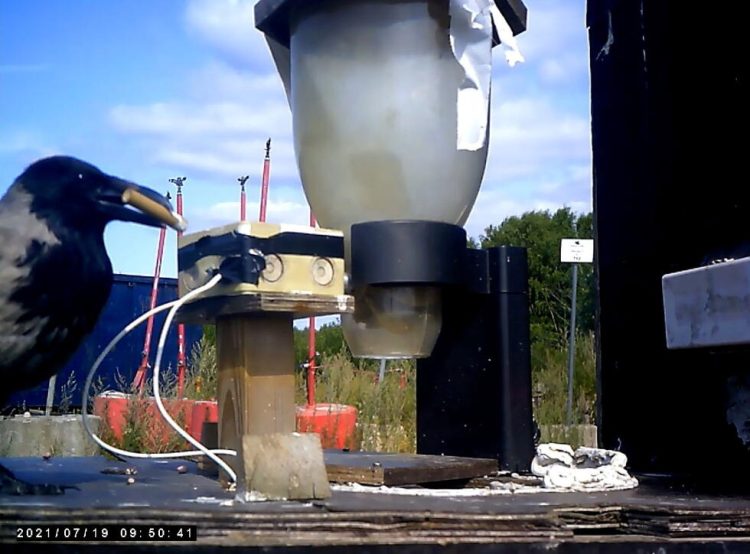
Corvid Cleaning, a Swedish startup specializing in training crows to pick up litter in exchange for food, claims that its program could save communities a
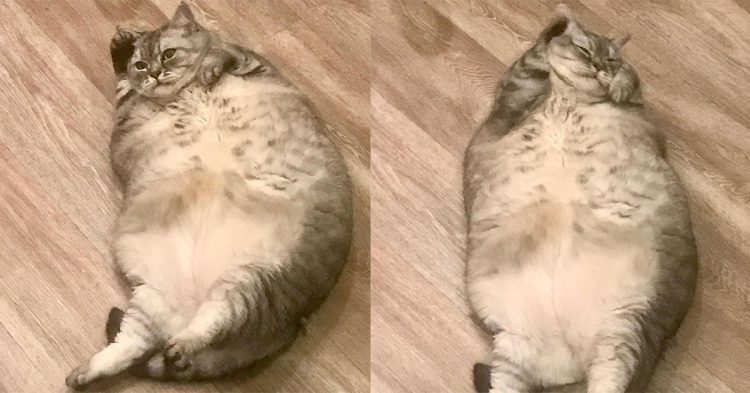
The owner of a severely overweight feline that many have dubbed the world’s fattest cat is facing accusations of animal cruelty for allowing his pet
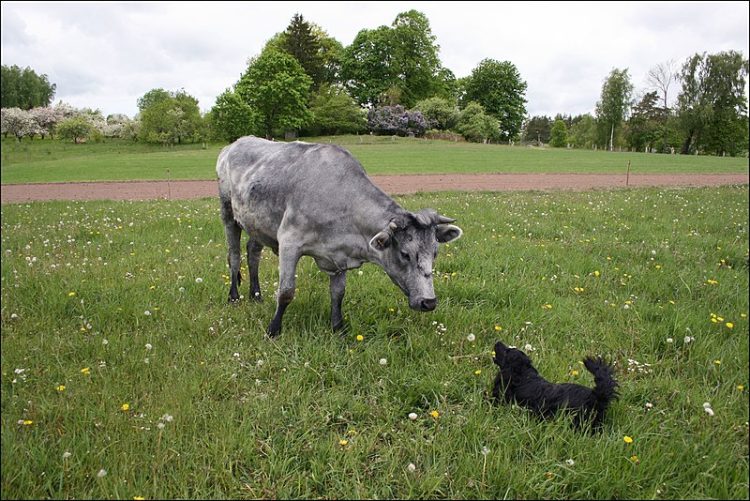
Once driven close to extinction, the blue cows of Latvia, a proud symbol of the Baltic country, have been making a comeback over the last
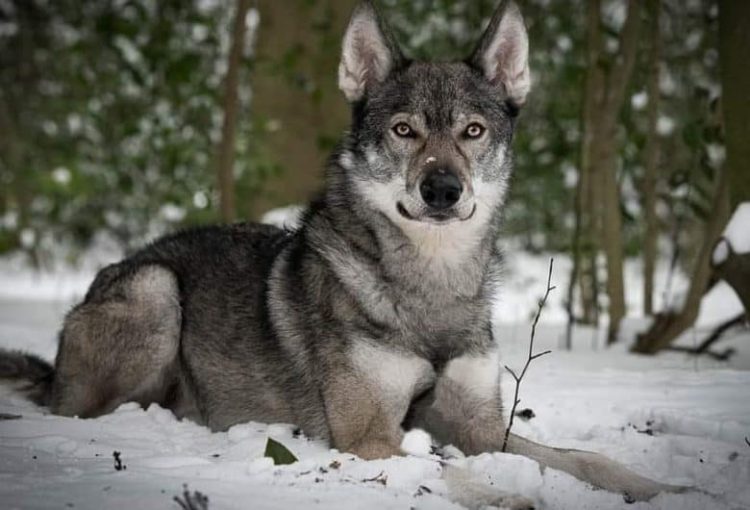
The Tamaskan is a relatively new and rare breed of dog created with the specific purpose of mimicking the looks of a grey wolf without
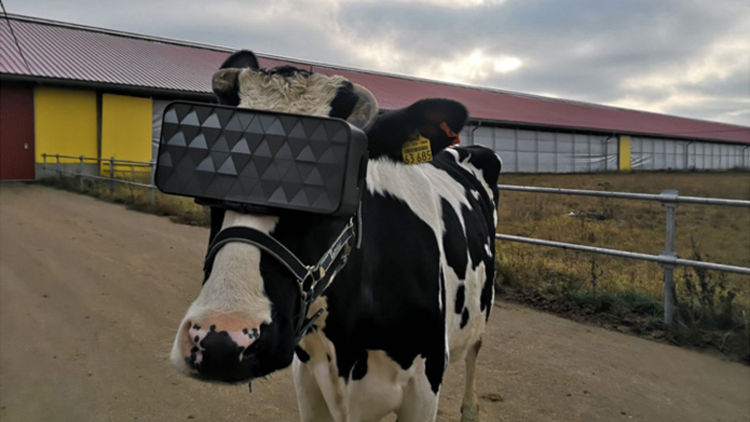
In an attempt to increase the daily milk yield of his cows, a farmer in Turkey is experimenting with virtual reality goggles that make the

Lola, a 3-year-old cocker spaniel from Leeds, in the UK, has a head full of stunning blonde hair that often stops people in their tracks

The Man That Rescues Dogs, an animal shelter in Chonburi, Thailand, cares for over a thousand stray dogs, including a few paralyzed animals that get
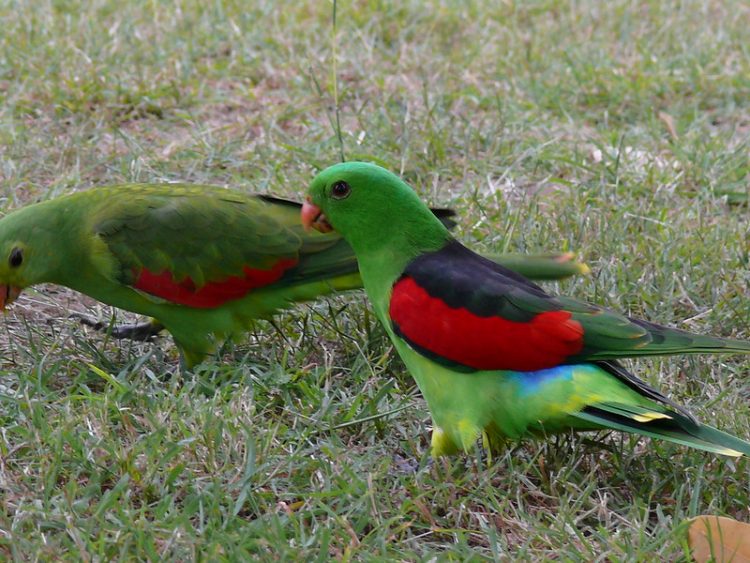
Red-winged parrots in Western Australia’s Kimberley region are reportedly “flying under the influence” and acting bizarrely after feasting on fermented mangoes. We may be putting
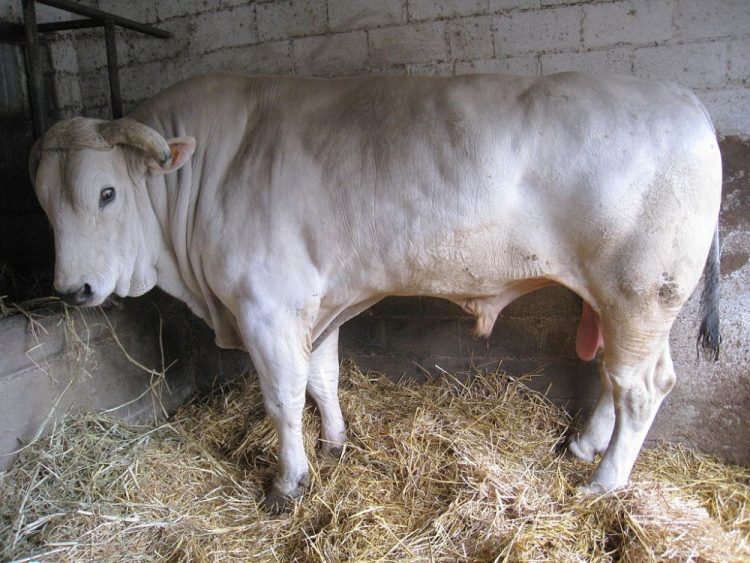
With a recorded history of at least 2,200 years, the Chianina is among the oldest known cattle breeds. But what it is most famous for
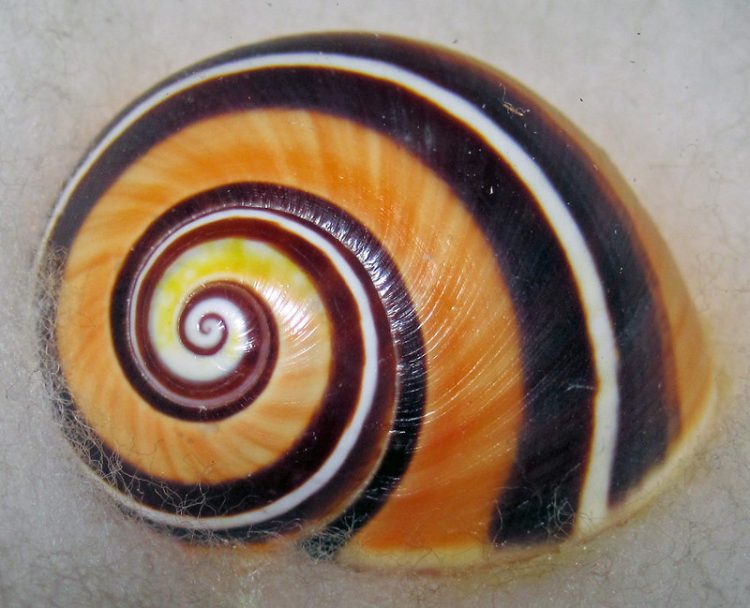
Out of the roughly 1,400 species of land snails that call Cuba home, the six species of the genus Polymita, fondly known as painted snails,
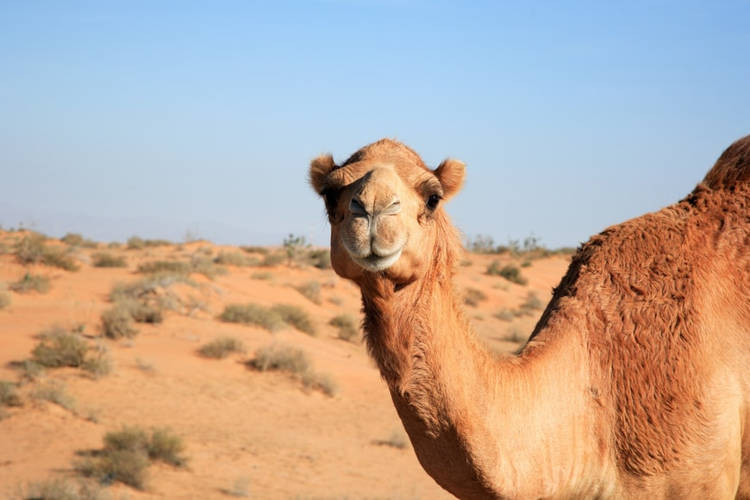
In an attempt to keep artificially-enhanced camels out of official beauty pageants, Saudi authorities recently disqualified 43 camels over the use of Botox and other